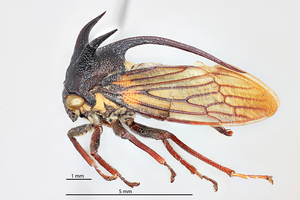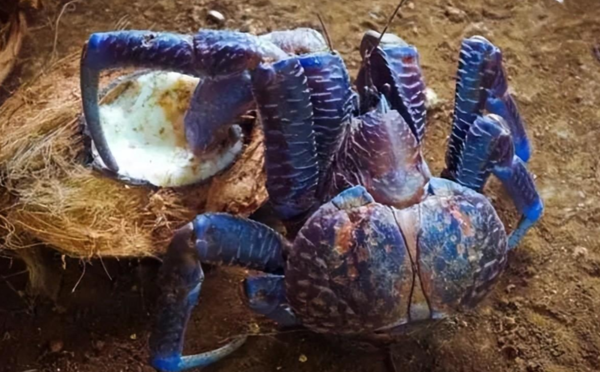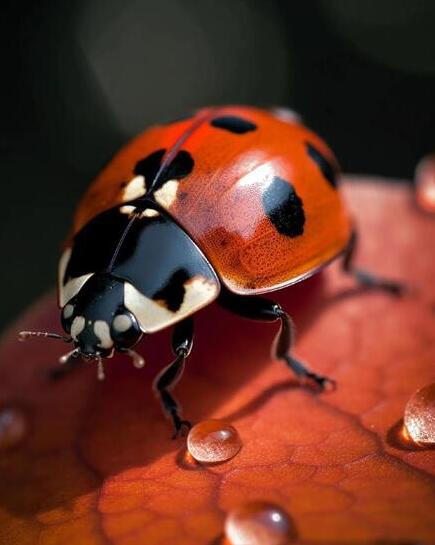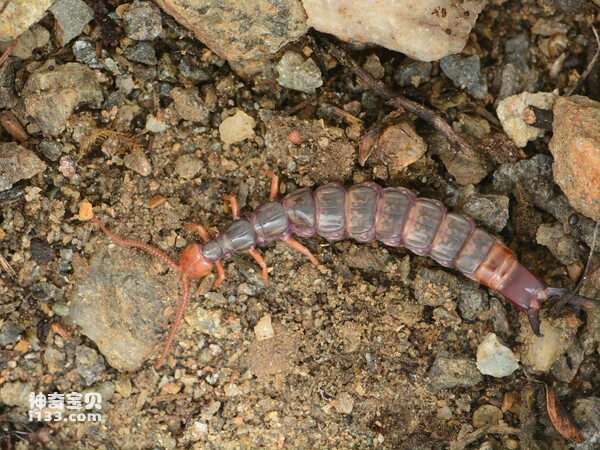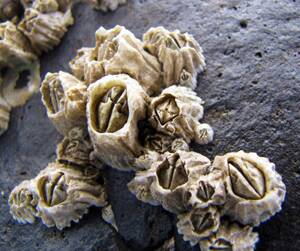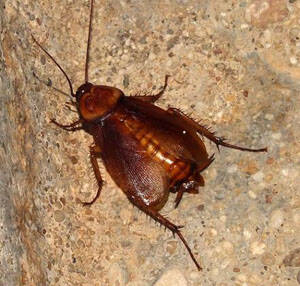Paederus fuscipes
IUCN
LCBasic Information
Scientific classification
- name:Paederus fuscipes
- Scientific Name:
- Outline:Arthropoda
- Family:Staphylinidae
Vital signs
- length:Paederus hooked-stem covered
- Weight:7-8 mm
- lifetime:
Feature
The most well-known feature of this insect is a powerful toxin secreted by it, namely "pederin", which is highly irritating to human skin.
Distribution and Habitat
The hooked stem covered abdomen rove beetle likes to live in humid environments, such as river banks, lake edges, farmlands and bushes. They often appear in places with rich organic matter and more humus.
Appearance
Usually black or dark brown, some species may have an orange belly. The forewings are short and incompletely covered, and the abdomen is partially naked, which allows the hind wings to be spread out for short flights when necessary.
Details
Paederus fuscipes is a small insect of the family Staphylinidae, widely distributed in tropical and subtropical regions. They are slender, usually with a smooth black or dark brown shell, and are named after their abdomen hidden under their wings. The most well-known feature of this insect is a powerful toxin secreted by its body, namely "pederin", which is highly irritating to human skin.
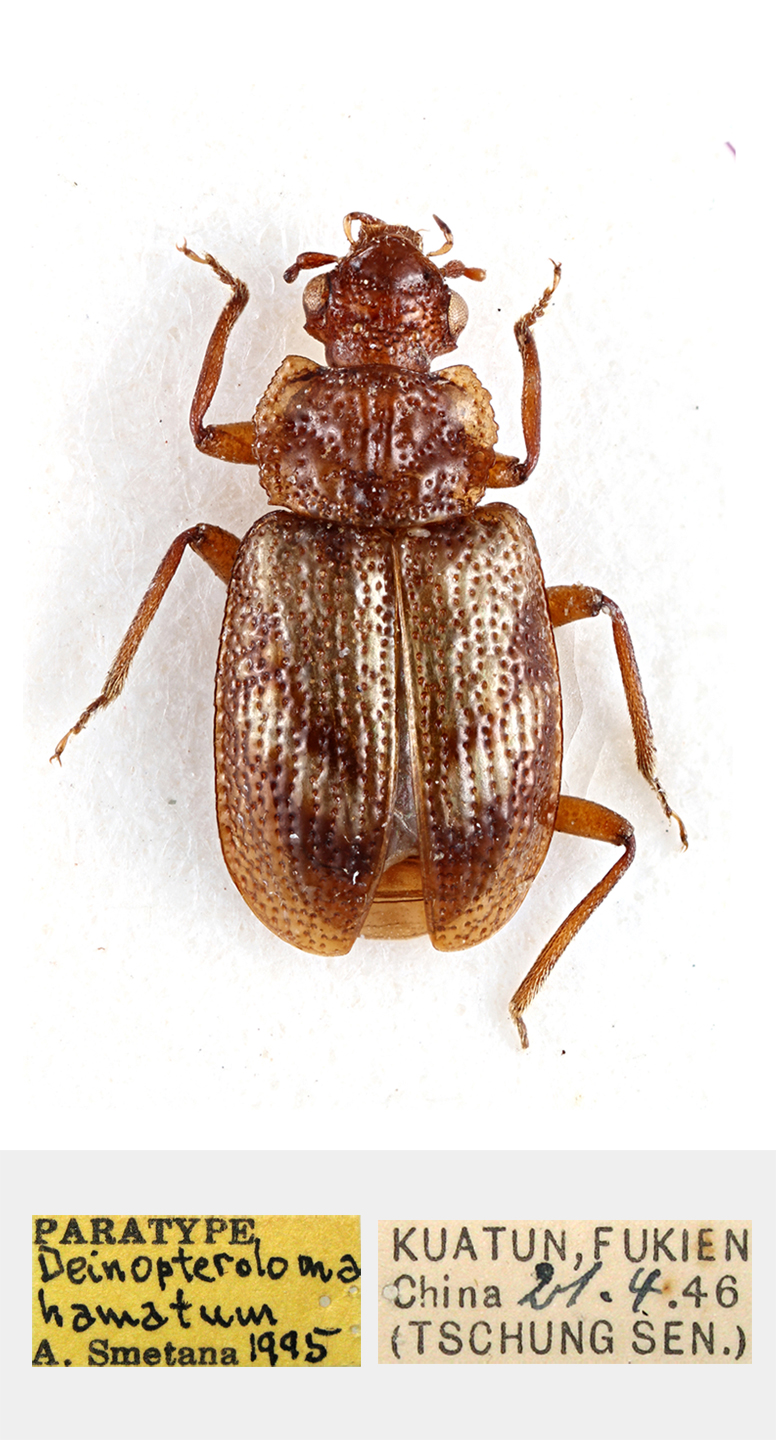
Appearance characteristics
Body shape: The body length is about 7-8 mm, and the body is slender.
Color: Usually black or dark brown, some species may have an orange abdomen.
Wings: The forewings are short and incompletely covered, and the abdomen is partially exposed, which allows the hind wings to be unfolded for short flights when necessary.
Ecology and behavior
Habitat: The hooked stem covered abdomen paederus prefers to live in humid environments, such as river banks, lake edges, farmlands and bushes. They are often found in places with rich organic matter and humus.
Diet: It is a predatory insect that mainly feeds on other small invertebrates, such as aphids, mites and other pests, so it is also considered a beneficial insect in agriculture.
Toxicity and Danger
Paederin: Paederus occidentalis contains a toxin called "paederin". When human skin comes into contact with this toxin, it can cause severe skin inflammation, manifested as redness, swelling, burning, blisters and even ulcers. This skin reaction is called "Paederus dermatitis" or "Paederus dermatitis".
Exposure Risk: People usually come into contact with the toxin after accidentally crushing the bug on their skin or having the bug crawl over their skin while they sleep. Although the toxin is not delivered through bites or stings, it can cause severe skin reactions through direct contact.
Protective measures
Avoid contact: Try to avoid areas where the hooked stem rove beetle is present, especially in humid, low-light environments. Windows should be closed at night or mosquito nets should be used to prevent insects from entering living areas.
Proper treatment: If accidentally contacted, the affected skin area should be washed immediately with soap and water, and avoid rubbing to prevent the spread of toxins. If severe symptoms occur, seek medical attention immediately.
Summary
Although the hooked stem rove beetle is small in size, its toxicity poses a significant health threat to humans. However, as a predatory insect, it also plays an active role in controlling agricultural pests. Therefore, when coming into contact with this insect, we must be careful to guard against its toxicity and recognize its importance in the ecosystem.

